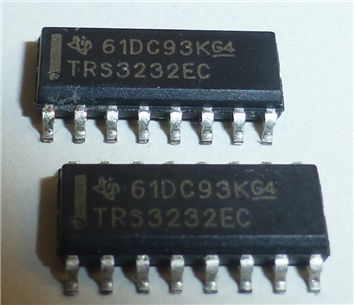Tool/software:
we have problems with a batch of boards where the RS232 driver fails. Sometimes it fails from the beginning, others work for a while and then fail during the factory test and others (the worst) fail at the customer's home.
The marking on the chip is the following: 61DC93K G4 TRS3232EC.
Can you tell us if there is any known error in this batch. We may have found about 20 defective chips out of 500.
Thanks



